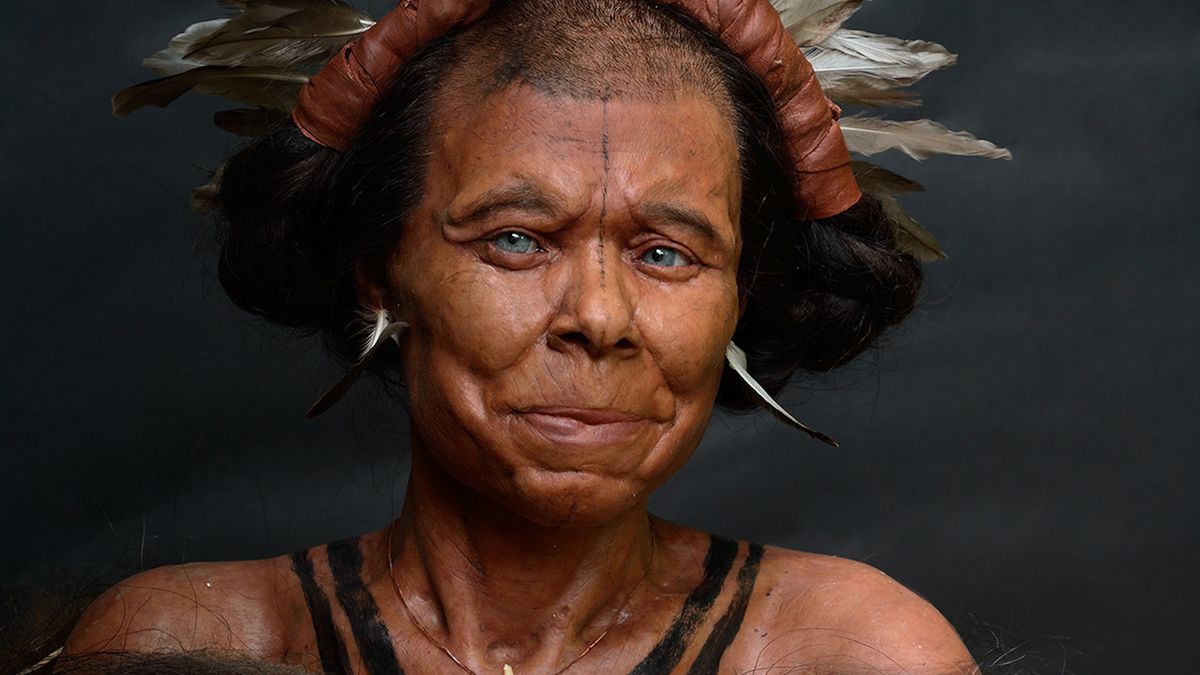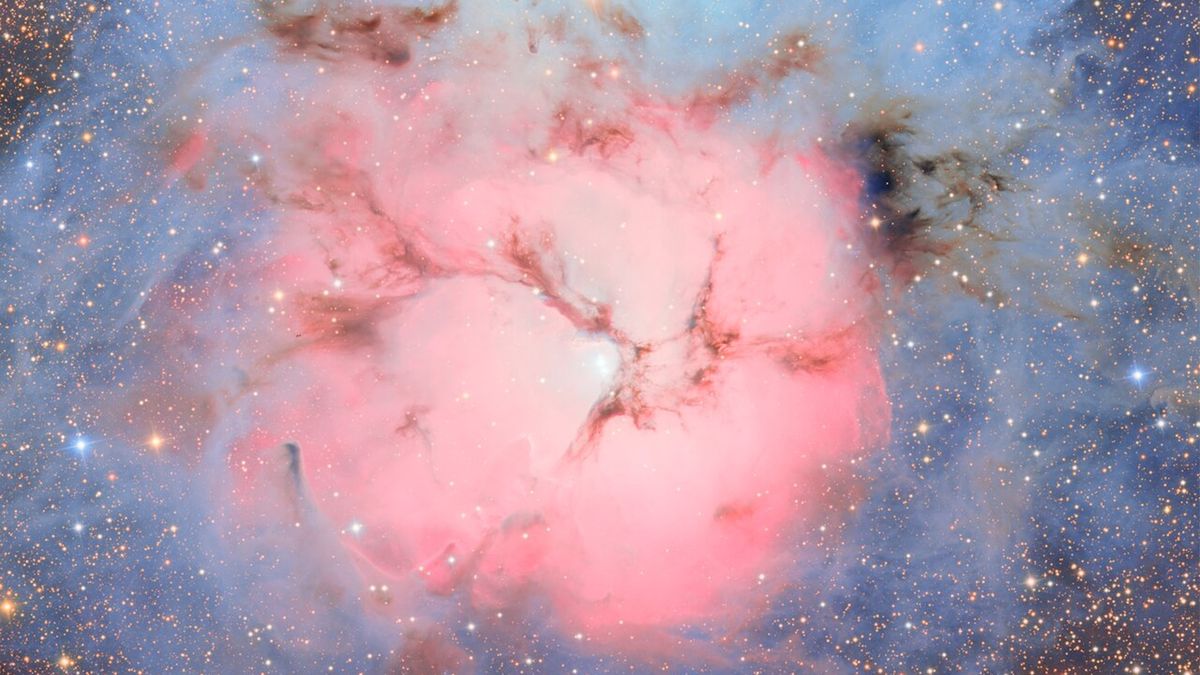Now Reading: Stone Age Woman’s Face Reconstructed: A Glimpse Into Life 10,500 Years Ago in Belgium
-
01
Stone Age Woman’s Face Reconstructed: A Glimpse Into Life 10,500 Years Ago in Belgium
Stone Age Woman’s Face Reconstructed: A Glimpse Into Life 10,500 Years Ago in Belgium

Rapid Summary
- researchers and artists reconstructed teh face of a prehistoric woman,known as “Margaux woman,” who lived 10,500 years ago during the Mesolithic period in Belgium’s Meuse Valley region.
- The reconstruction was informed by skeletal remains and ancient DNA analysis,performed through Ghent University’s Regional Outlook on Ancient Migration (ROAM) project in collaboration with Dutch artists Adrie and Alfons Kennis.
- The Margaux woman likely had blue or light-colored eyes and medium-toned skin, which is lighter than other studied individuals from Western Europe of the same era.
- She belonged to the same hunter-gatherer population as England’s “Cheddar Man,” though comparisons reveal differences in skin tone complexity among these populations.
- her remains were first discovered in 1988 at Margaux cave near Dinant but lacked advanced genetic analysis capabilities at that time.Current efforts utilized 3D modeling for detailed anatomical reproduction.
- Scientists estimate her age at death between 35-60 years based on skull features. Her mobile outdoor lifestyle influenced complexion recreations like suntanning effects.
Images:
!Image of reconstruction
Caption: A reconstruction showing tattoos along collarbones paired with a headdress made from feathers/leather indicative of Mesolithic culture.
!Facial Reconstruction
Caption: Display imagery combining skull morphology data and artistic interpretations seen June 2025 showcasing ongoing museum exhibitions reflecting rigorous process academics discussing mixed age-specifications alongside community poster success philosophy blend.Read More
Indian Opinion Analysis
This scientific endeavor represents significant progress in understanding human evolution and diversity during post-ice Age periods. while focused outside India, such reconstructions remind Indian audiences about shared migratory histories that shaped global populations over millennia. india’s archaeological sites often reveal evidence of prehistoric inhabitants whose lifestyles mirror those found across Stone Age Europe-hunter-gatherers adapting to environmental challenges.
For India, investing more effort into genetic mapping could enhance interpretations of ancestral connections within South Asia’s vast prehistory while contributing broadly to global anthropological studies. Insights like these also help reevaluate societal perceptions regarding skin tone diversity-a topic relevant nationally-and foster awareness about humanity’s complex evolutionary heritage transcending boundaries.
The unique methodologies highlighted here-including interdisciplinary collaborations merging science with art-could inspire similar projects across Indian universities or institutions aiming to enrich past education and preserve cultural identities through innovative technology applications.




























